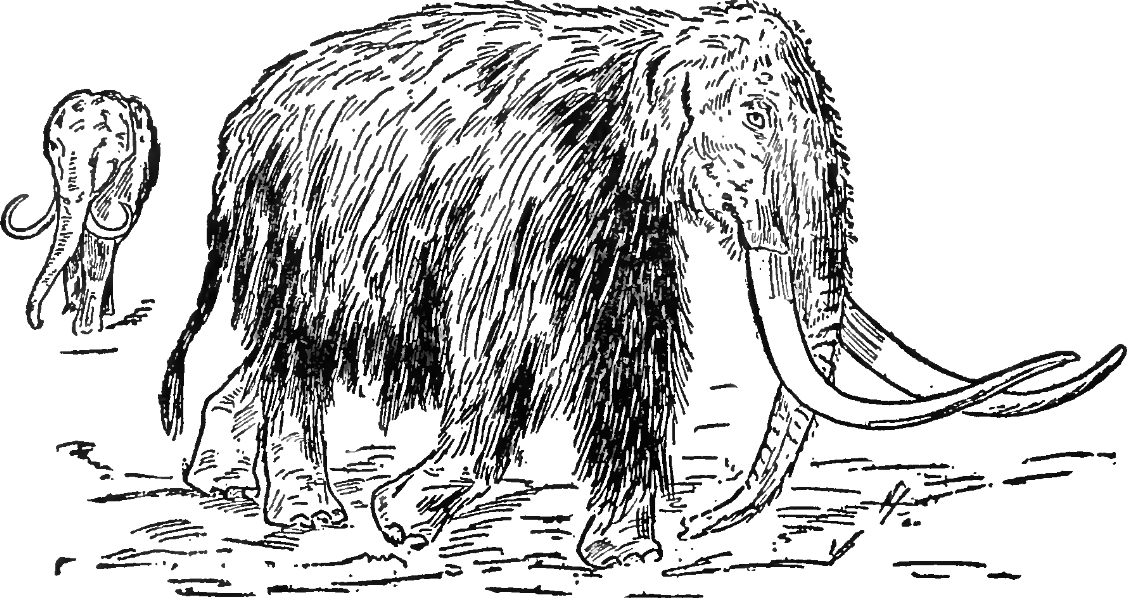<![CDATA[Most of us have watched Ice Age, a movie about a mammoth and his sloth and saber tooth tiger friends roaming the North American continent. The Ice Age quadrilogy is one of the most successful animated films of all time, and is based upon the thought that mammoths and other animals roamed the continent during the late Pleiostocene epoch. That thought might change however, as recent research has shown that these animals did not have to migrate for food. Mammoths and mastodons moved across North America over 1,000,000 years ago, and went extinct 10,000 years ago. Mastodons actually came to the Americas earlier than the mammoth, by about 4 million years in fact. They came to North America through the Bering Strait that is between Russia and Alaska. At that time, the sea level was not as high as it is today. The mammoths were in the north, while the mastodons lived in the south. Researchers looked at the teeth of the animals, and discovered that they had the foods that they needed where they lived. Looking on the enamel of the molars of the two animals, they discovered that mammoths ate grass and herbs, while mastodons ate leaves from trees and shrubs. In the north, there was plenty of grass, while there was plenty of forest in the south. This made the researchers believe that these two megafauna did not have to migrate to find food. The substances looked at on the enamel of the animals were not the grass and leaves themselves, but remnants of minerals such as carbon, oxygen, and strontium. By using carbon analysis, the researchers could deduce the diets of the animals. The oxygen was used to determine the climate at that time, and the strontium helped researchers determine how much the animals traveled as their teeth grew. The trick in using strontium is the fact that strontium at one place is different than strontium in another. Scientists can find out where an animal came from just by looking on the strontium remains on the teeth. Leading the research team is Brooke Crowley, an assistant professor of geology and anthropology at the University of Cincinatti. She states that these animals had what they needed all year round. Their features were evolved to fit their diet: mammoths had teeth for grinding grasses, while mastodons resembled today's elephants. The researchers found that 11 of the 12 mammals studied had strontium deposits that matched the local water supplies. The one outlier was a mastodon that actually travelled from another area and settled in the Ohio Valley. The study was published July 16 in the journal Boreas. The paper states that while this is an interesting discovery into the migratory behaviors of mastodons and mammoths, there is still more work to do to find out for sure if they were really non-migratory mammals. Only the mammoths from Ohio and mastodons from Kentucky were studied. The mammals that settled elsewhere may have had different migratory habits to the ones that were found.]]>
Mammoths and Mastodons May Not Have Migrated
